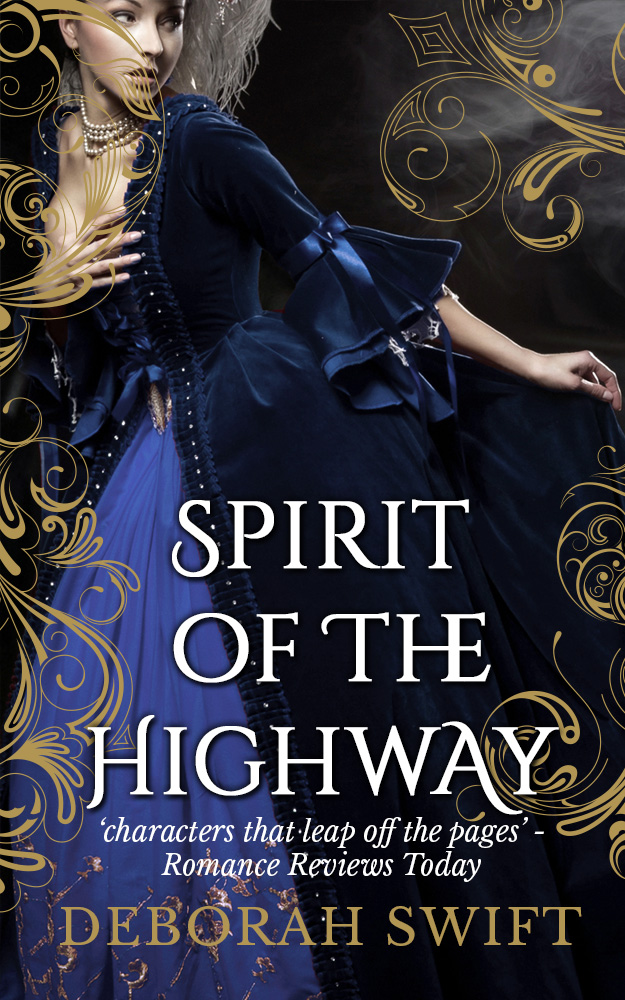 |
| Waltham Cross by Greig 1803 |
In 1290 Queen Eleanor of Castile, to whom Edward I was devoted, died at Harby in Nottinghamshire. The king directed that crosses should be set up at every station at which the funeral procession would stop on the way to Westminster.
At Westminster she was buried at the feet of her father-in-law Henry III. Although some of her internal organs had been removed for burial at Lincoln during the enbalming process, her heart travelled with her and was buried in the abbey church at Blackfriars, London.
 |
| Geddington Cross |
Of the twelve crosses, only three remain today - the ones at Geddington, Northampton and Waltham. All are three-storied with tall spires and gothic tracery. On the second level is a a niche, occupied by a statue of Eleanor. Geddington Cross is triangular and almost forty feet high, whereas Northampton's Cross is octagonal.

Northampton Cross has four statues of Queen Eleanor, and this cross commemorates Eleanor's resting at nearby Delapre Abbey. King Edward I stayed at Northampton Castle nearby. The cross was begun in 1291 by John of Battle; he worked with William of Ireland to carve the statues; William was paid five marks (£3 6s. 8d. or £3.33 in old English money) per figure.
The cross is set on steps, which are not original. The cross is built in three tiers and originally had something on top - probably a cross.
Daniel Defoe refers to it where he reports on the Great Fire of Northampton in 1675:
"... a townsman being at Queen's Cross upon a hill on the south side of the town, about two miles off, saw the fire at one end of the town then newly begun, and that before he could get to the town it was burning at the remotest end, opposite where he first saw it."
Its bottom tier features open books. These probably included painted inscriptions of Eleanor's biography and of prayers for her soul to be said by viewers, which are now lost.
 |
| Cheapside Cross |
As for the vanished crosses, Cheapside Cross probably has the most colourful and telling history. It featured in the pageant held to celebrate the birth of Edward III, where a tent was set before it where anyone who passed might drink from a tun of wine. It was rebuilt in 1486 with the statues of the Queen replaced with statues of the Saints and the Virgin Mary, but in 1600 with the advent of anti-Catholic feeling, Mary was replaced by a statue of a half-naked Diana. Later in May 1643 John Evelyn records in his diary how he saw a furious Puritan mob destroy this cross altogether.
The Puritan destruction of the market crosses is what made me first interested in them, as they seem to be sites of significance to so many. My other article about Market Crosses can be found at www.englishhistoryauthors.blogspot.com
Find out more:
Wikipedia article.
Thanks to www.webhistoryofengland.com
Nicolas Pevsner













Thank you for sharing this wonderful history. I was unfamiliar with the crosses.
ReplyDelete